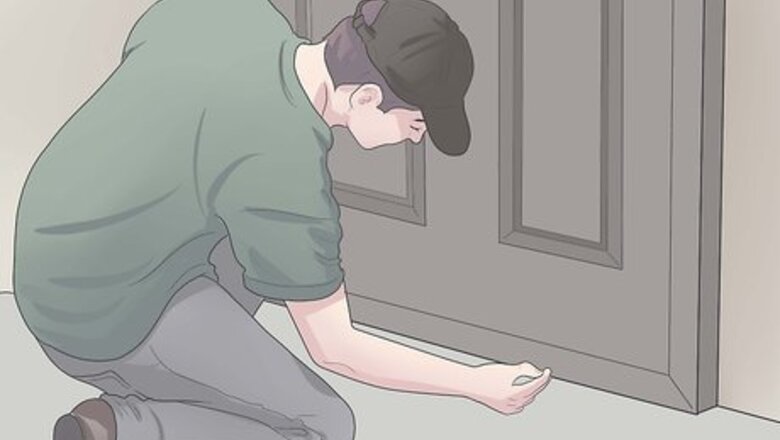
views
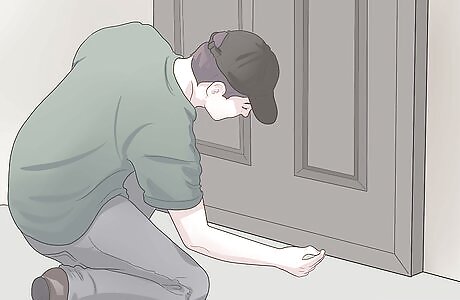
Stop energy loss via the doors. Fit draught excluders around all exterior doors, and interior if needs be. Sealant strips can be bought cheaply from DIY stores and are very easy to fit - just like applying sticky tape. Don't forget to get a brush trim for letter boxes, bigger gaps and the bottom of doors.
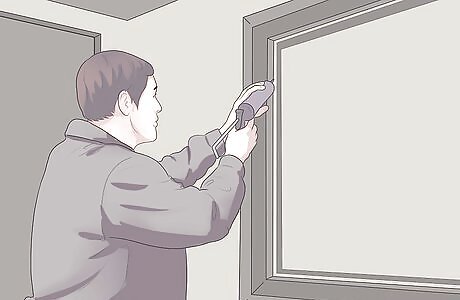
Ensure the windows are well insulated. Cracks and crevices around window frames are a popular escape point for warm air. To check for weak points in your window, run the palm of your hand around the edge of the frame. If you feel a breeze, you've got a hole. Patch the weak points up with a putty or sealer. To make it really easy on yourself get the type that comes in a tube. Squirt it on, smooth it over, job done.
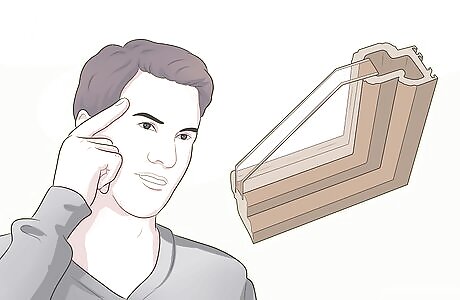
Consider double glazing. It's worth investing in double glazing if you don't already have it. This could save you between up to hundreds of dollars or pounds on your annual heating bill. There is a gap between the two panes that acts as a barrier. It prevents the outside and inside temperatures from affecting each other.
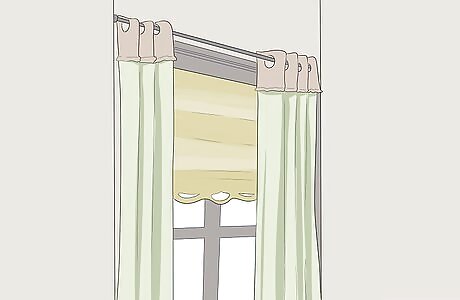
Use window dressings to assist. Closing curtains or blinds after dark also traps in the warm air and prevents draughts. And it looks cozy too! Use curtains and blinds with thermal backing for added warmth retention.
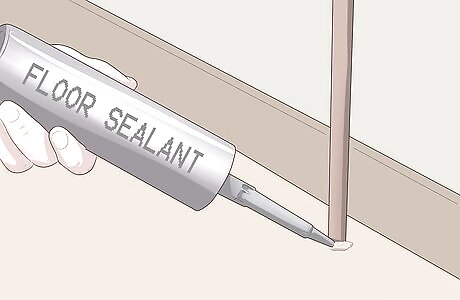
Fill any floor gaps. Most homes have gaps between the skirting board and the floor, and if your have floorboards there's likely to be a few gaps between them too. This is a job for the silicone sealer. If you have a wood floor and want to insulate thoroughly, you could get the experts in to fit floor insulation beneath the boards. Putting a rug down isn't a bad idea either.

Insulate the loft or attic. Laying loft insulation on the average home can save a whopping 1 tonne of carbon dioxide a year, and make a major dent in you bills. This is one of the most efficient energy savings options, it is cheap and simple, any person with no experience can do this. It is just to get fiberglass wool and cover all places under your ruff you have access to, fill all gaps in your home around your rooms with it; it costs some 5 Euro or US$6.80 per meter square for 15 centimeter (5.9 in) thick Glass wool. Glass wool is made of mixture of natural sand and recycled glass at 1,450 °C (2642 °F), the glass that is produced is converted into fibers. Glass wool is recyclable material.
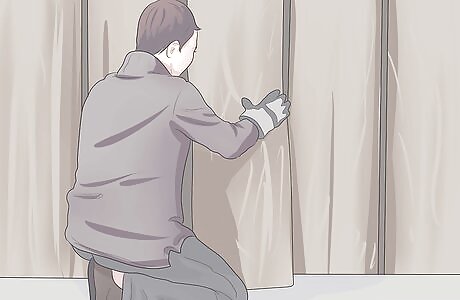
Build drywall over "cold wall". If you have some "cold wall" in your home , usually concrete wall with no or with bad insulation you can build 10–15 centimeter (3.9–5.9 in) thick dry wall to it. Process is very simple , you can choose between Ytong wall or plasterboard wall. Plasterboard wall is very simple to build and you can add very good and very cheap Glass wool into it. Glass wool is excellent insulator but you can get glass wool for soundproofing. Both kind of walls are Fire-resistant.

Wrap your hot water tank in a cosy 80 mm jacket. This will cut heat loss by 75 %, and you'll recoup the cost of it in less than 6 months.



















Comments
0 comment